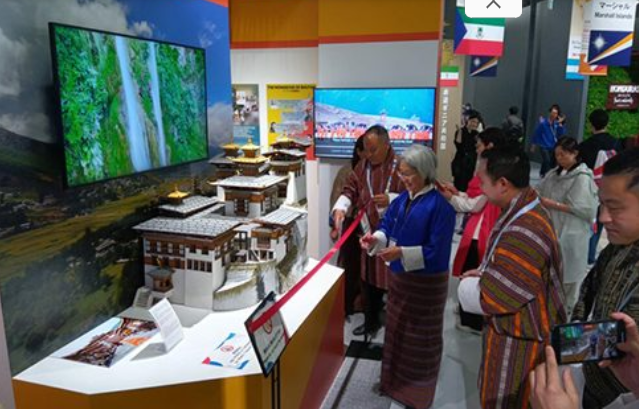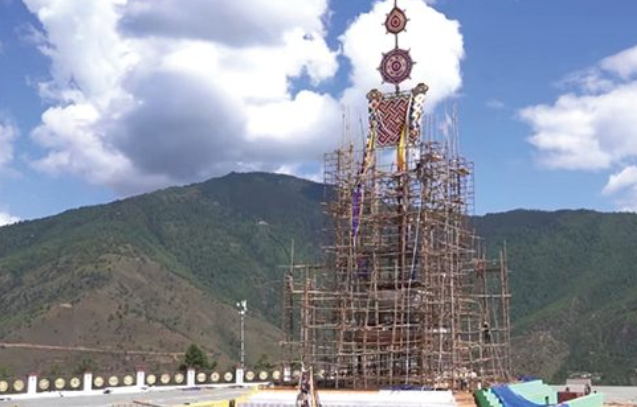
Agency: The Druk Holding and Investments (DHI) group launched its 10x roadmap on 14th August, outlining five priority investment areas which are energy and resources, manufacturing and service, mines and minerals, global securities, and infrastructure.
A major area of alignment between DHI’s plan and the Gelephu Mindfulness City (GMC) initiative lies in the energy and resources sector, particularly in forest resources.
With over 70% of Bhutan’s land under forest cover, DHI aims to build an integrated ecosystem for engineered timber production, including products such as Glulam and CLT. This initiative supports GMC’s sustainable construction goals while creating high-value export potential. The investment plan includes establishing design and production facilities, developing circular forestry systems, engaging in carbon markets such as High Forest, Low Deforestation (HFLD) credits, and advancing frontier research in materials science and wood engineering. The integration of forest resources with the innovation strategy particularly the flagship project on Nature Capital Accounting (NCA) is expected to create a cross-pollination platform for collaboration between global partners, aligning DHI’s investment strategy with the country’s broader innovation agenda.
According to GMC, the city’s design seeks to align human wellbeing, ecological harmony, and economic progress. Plans for public spaces, mobility systems, and built environments aim to reduce stress and encourage reflection, with features such as green spaces, walkability, water elements, and silence zones.
Development principles emphasize architectural harmony, environmental sensitivity, and cultural coherence. These values are being embedded into planning policies to guide the city’s growth.
Mindfulness will also be integrated into education, workplace culture, and governance. The education system is envisioned to foster both inner and outer development, workplaces will focus on wellbeing and purpose, and governance will be shaped by values such as reflection, humility, and service.
GMC describes mindfulness not only as a practice but as a culture influencing the city’s social fabric. Through public events, wellness infrastructure, and community engagement, the city aims to promote kindness, equity, and a slower, more intentional pace of life. This approach extends across all aspects of the city’s structure, from governance and law to business and architecture thus positioning GMC as a distinct model among global wellness cities, and a unique setting for institutions and investors in wellness, values-based education, and conscious tourism



